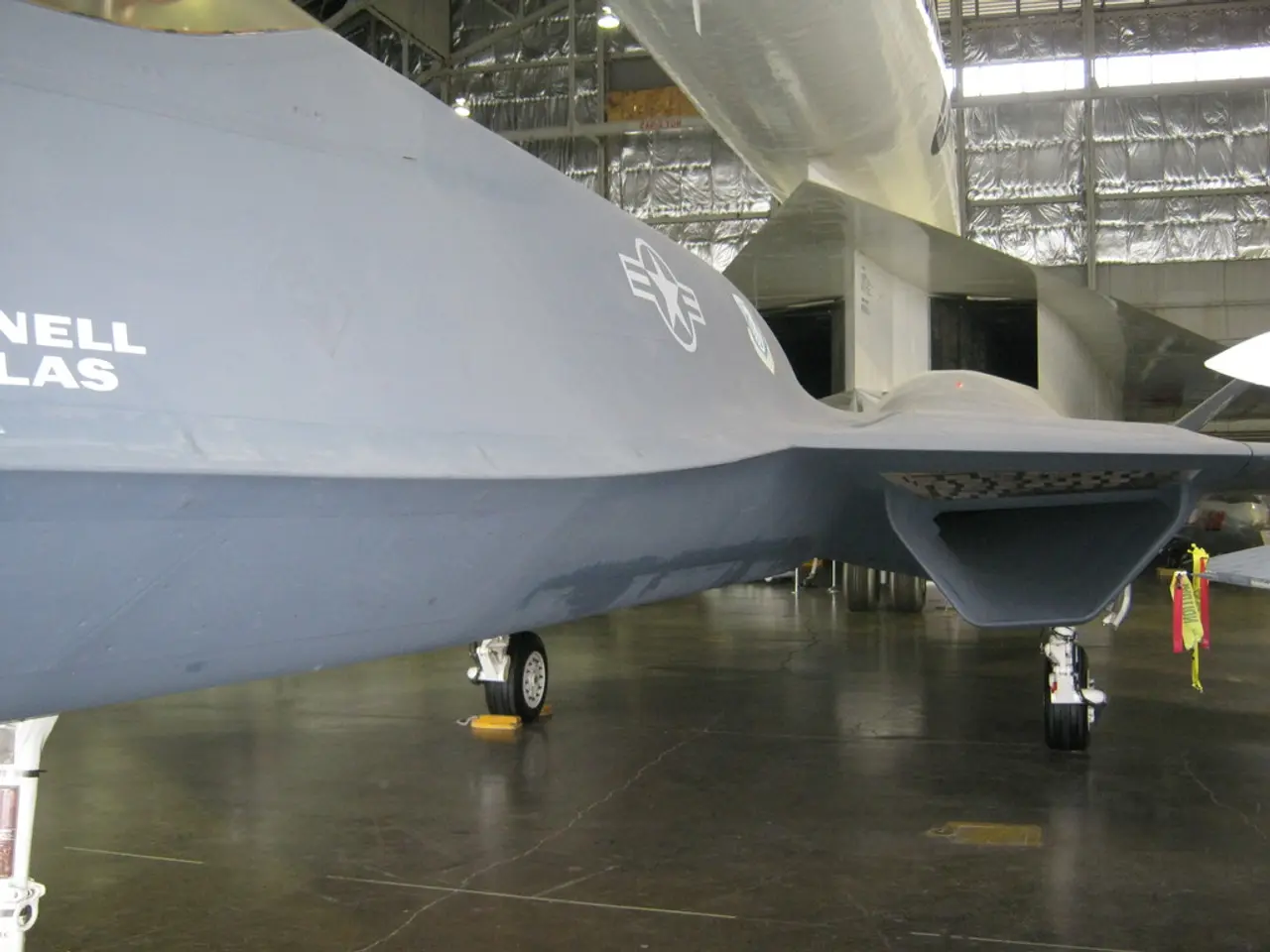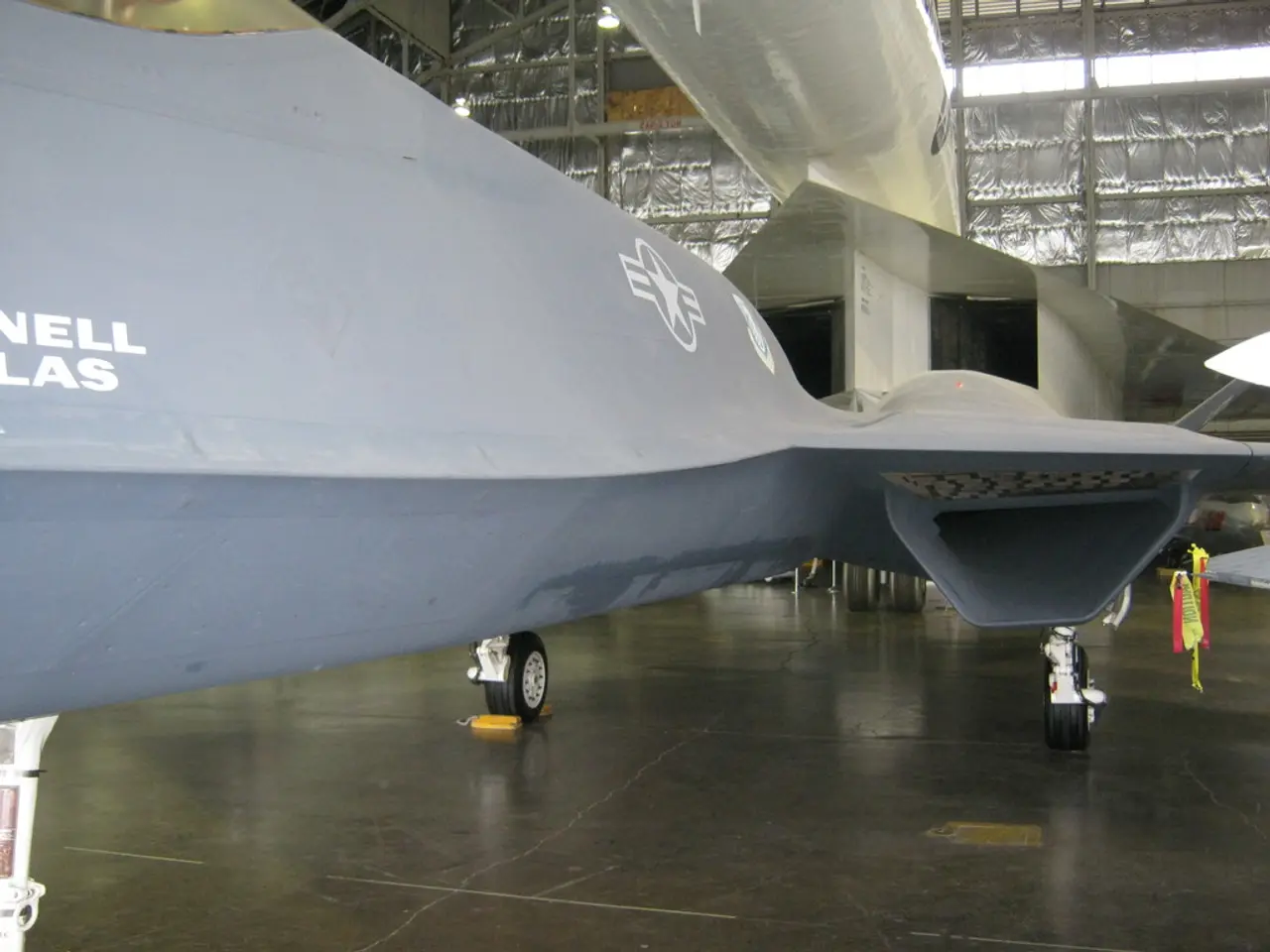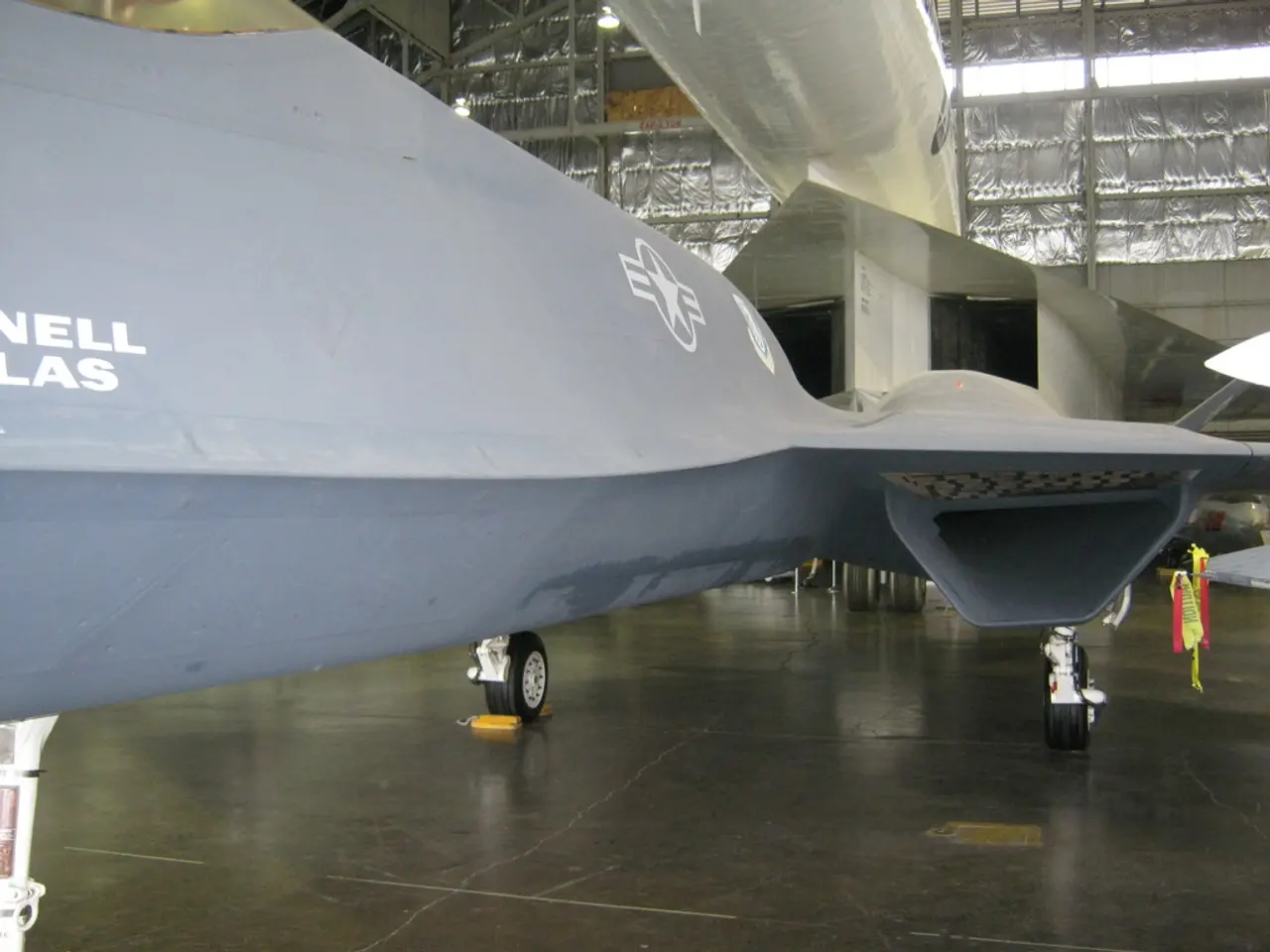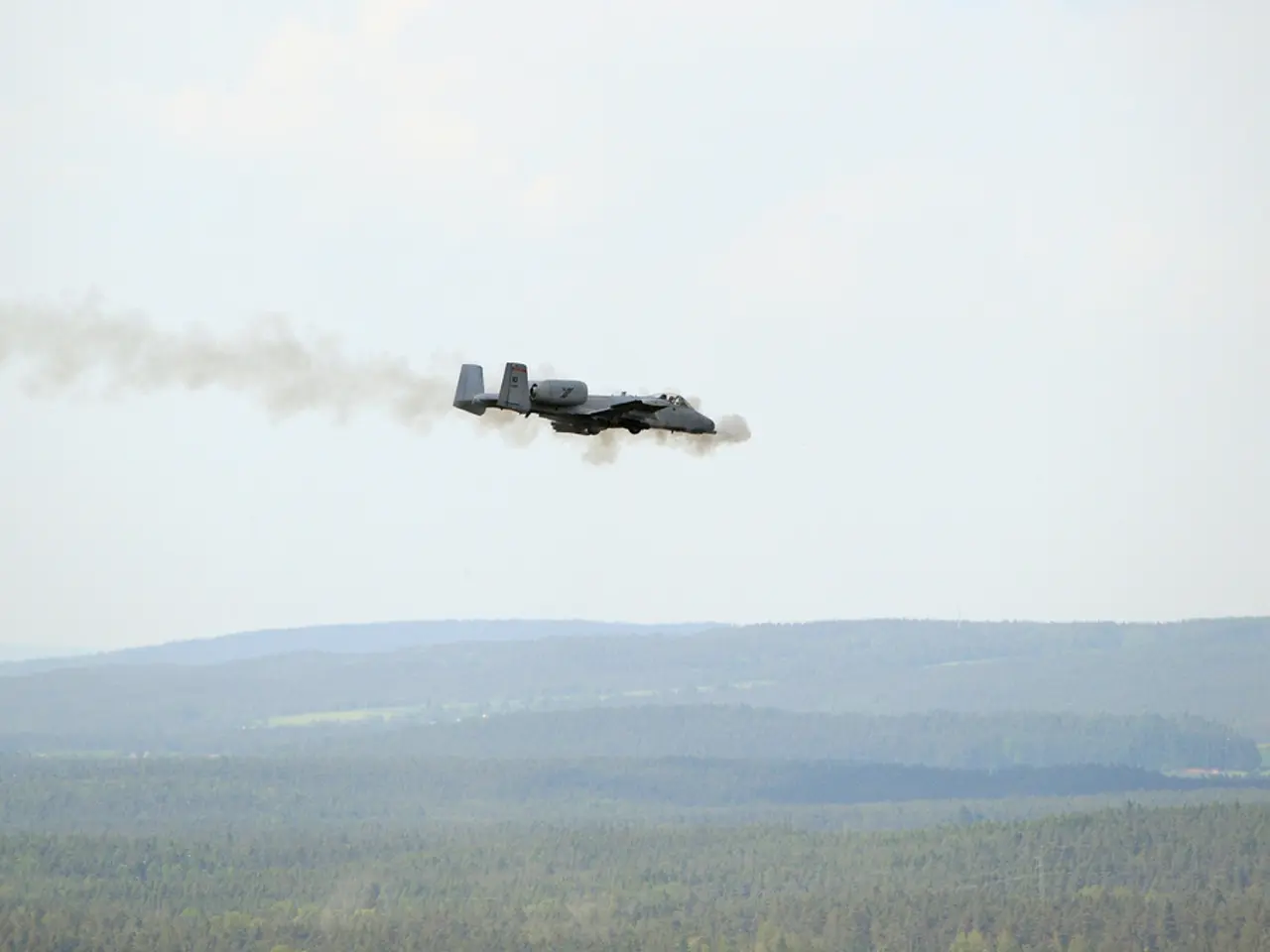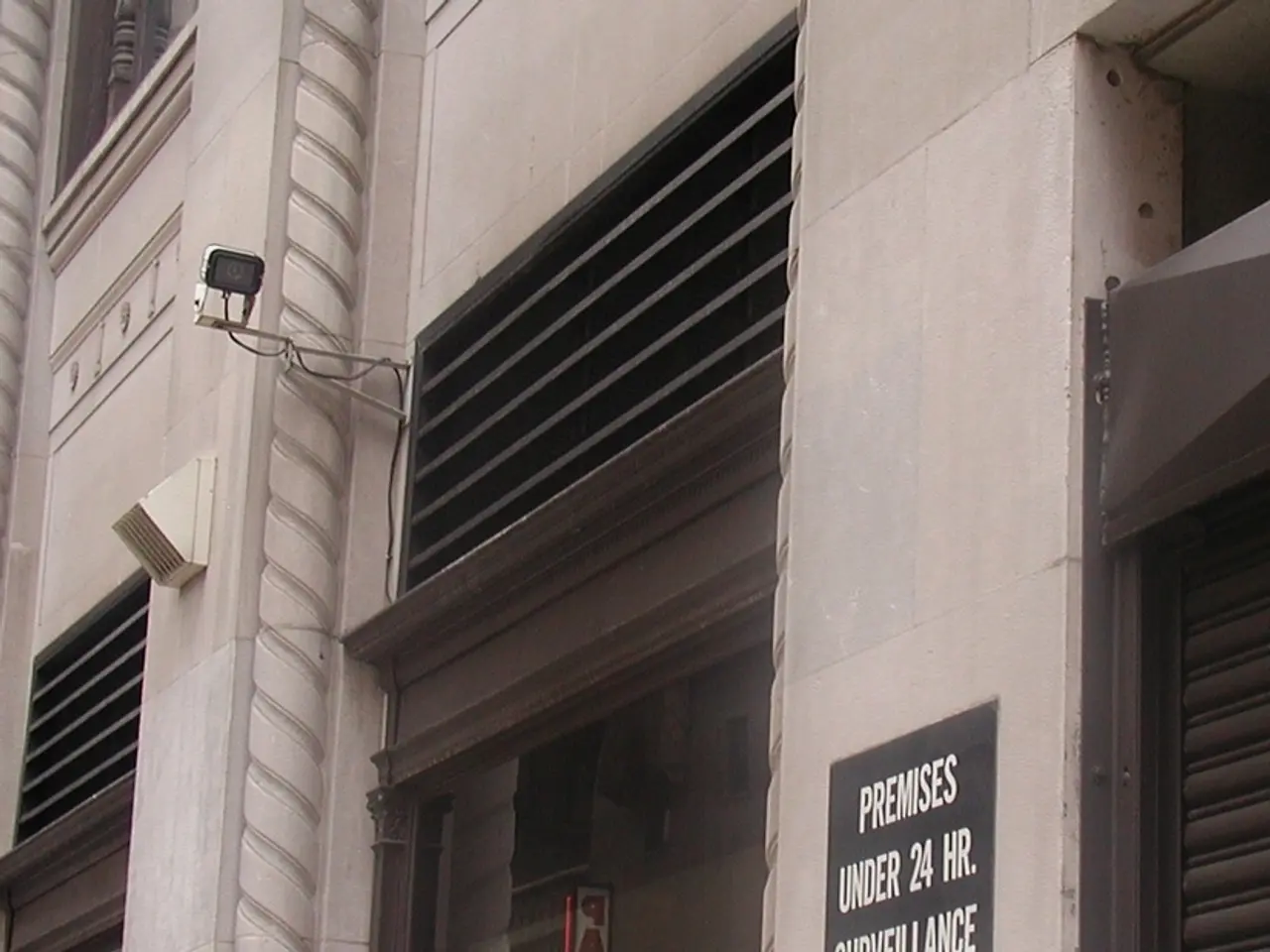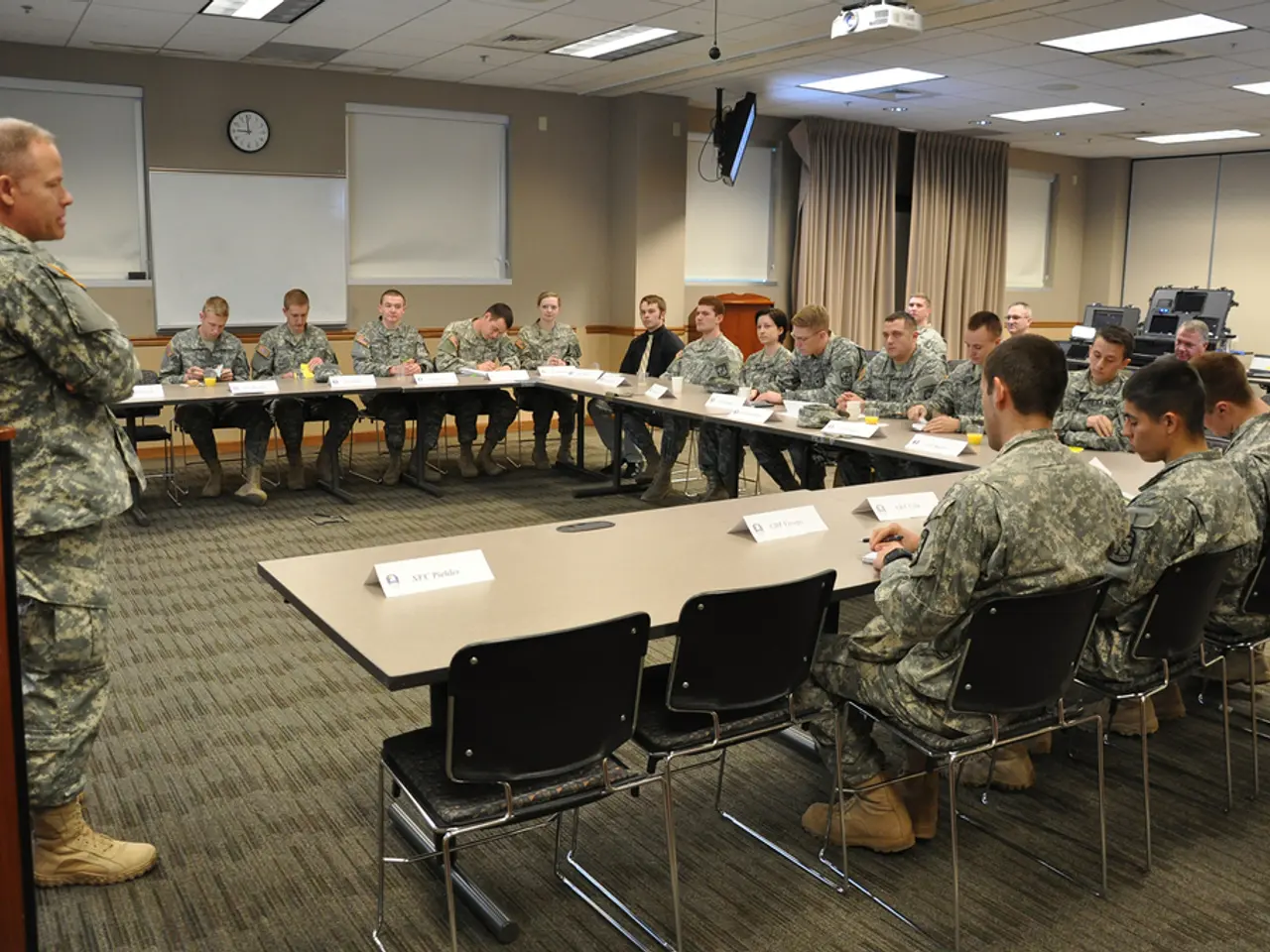Aircraft's most perilous moments occur during takeoff and landing phases
============================================================
Air travel has seen a significant improvement in safety over the years, despite occasional tragic accidents. This improvement is largely due to advancements in aircraft design, pilot training, safety protocols, and weather forecasting.
Despite the improvements, takeoffs and landings remain the riskiest phases of air travel. Several factors contribute to this, making these critical stages demand highly trained crews and specialized procedures to mitigate risks.
One of the key reasons for the increased risk during takeoff and landing is the high workload and critical performance demands. Pilots must manage complex tasks such as correct speed, configuration, alignment, and engine power settings while responding quickly to any abnormalities. This phase requires precise control because the aircraft is close to the ground with little margin for error.
Environmental challenges and terrain also pose significant risks. Airports can present difficult conditions like adverse terrain, slopes, and weather effects such as heavy rain, blowing snow, or whiteout conditions. These create visual illusions that can mislead pilots and increase the risk of accidents, especially during landing approaches.
Short time and distance margins are another factor that increases the risk during takeoff. The aircraft must accelerate and become airborne within a limited runway length, and then clear obstacles on departure. Any deviations can lead to runway overruns or failure to clear obstacles, which are critical safety concerns.
Situational awareness demands are also high during these critical phases. Pilots face potential distractions, high stress, and changing conditions that can degrade situational awareness, particularly during these critical phases when attention to detail is vital.
Runway incursions and pilot deviations are another significant concern. A significant proportion of runway incursions involve pilot deviations, such as incorrect presence on runways or wrong direction takeoffs, which predominantly occur around takeoff and landing.
Despite these challenges, advancements in technology have helped ensure that aviation remains the safest transport mode, even with increased air traffic. Better-built aircraft and real-time analytics are key to this. Modern aviation regulations, such as the ban on smoking in cabins post-1990s, also contribute to the safety of air travel.
Modern aviation safety protocols include the use of simulators for pilot training and advanced weather forecasting systems. Engine strain during takeoff and intense pilot skill requirements during landing are mitigated by these protocols, making air travel safer for passengers.
In conclusion, while air travel has seen significant improvements in safety, takeoffs and landings remain the most accident-prone stages. However, with highly trained crews, specialized procedures, and advanced technology, the risks are being effectively managed, ensuring a safe and reliable travel experience for passengers.
References:
[1] International Civil Aviation Organization (ICAO). (2023). Aviation safety: Focus on takeoffs and landings. Retrieved from https://www.icao.int/safety/Pages/Takeoffs-and-Landings.aspx
[2] Federal Aviation Administration (FAA). (2023). Aircraft takeoff and landing safety. Retrieved from https://www.faa.gov/aircraft/resources/safety/takeoff_landing/
[3] National Transportation Safety Board (NTSB). (2023). Runway safety. Retrieved from https://www.ntsb.gov/investigations/AccidentReports/Pages/runway-safety.aspx
[4] European Union Aviation Safety Agency (EASA). (2023). Human factors in aviation safety. Retrieved from https://www.easa.europa.eu/safety-security/human-factors
[5] International Air Transport Association (IATA). (2023). Runway incursions. Retrieved from https://www.iata.org/whatwedo/safety/runway-incursions/
The high workload and critical performance demands during takeoffs and landings in aviation necessitate highly trained crews and specialized procedures to mitigate risks, as poorly executed tasks can lead to runway overruns or failure to clear obstacles. Environmental challenges and terrain, such as adverse weather conditions and difficult airport conditions, also pose significant risks, especially during landing approaches. In the finance industry, investments in aviation safety technology, like advanced weather forecasting systems and simulators for pilot training, are crucial for improving safety and making air travel the safest mode of transportation.
